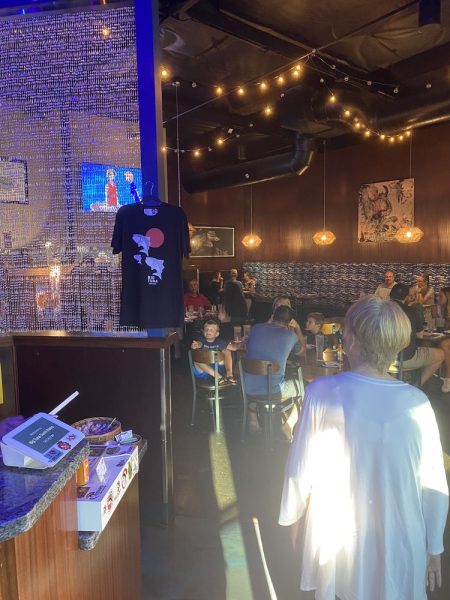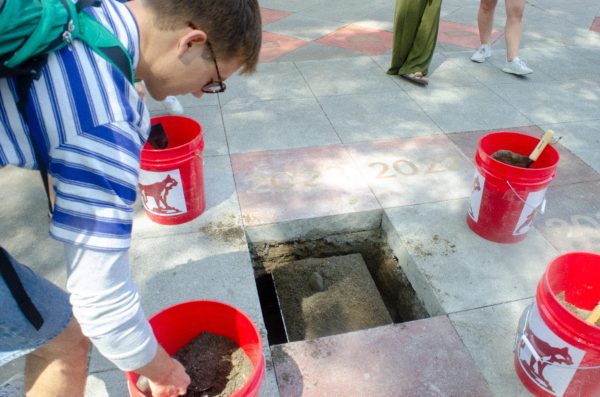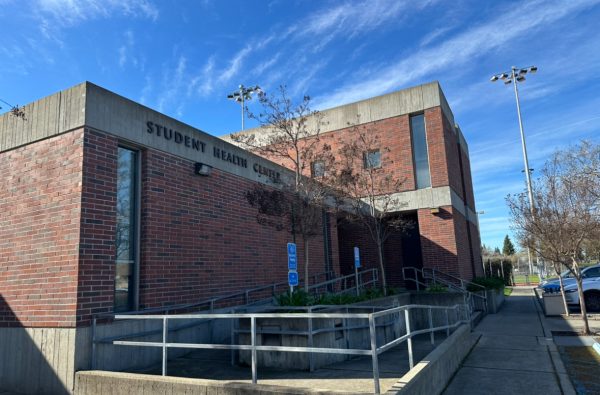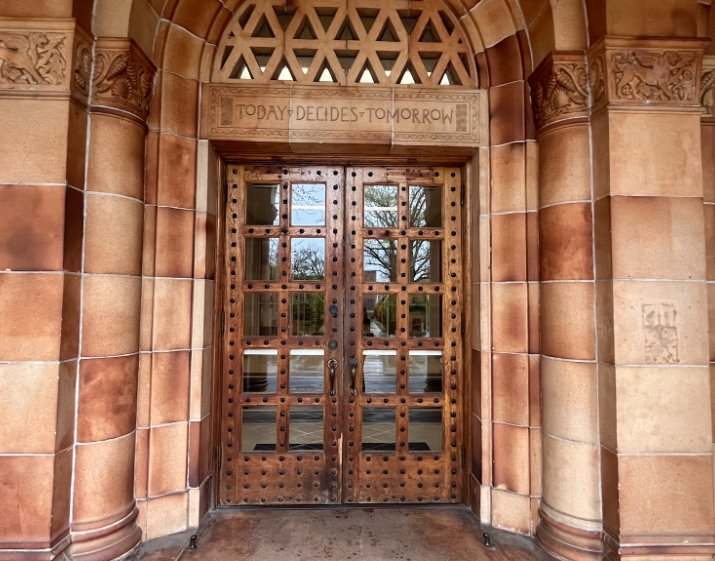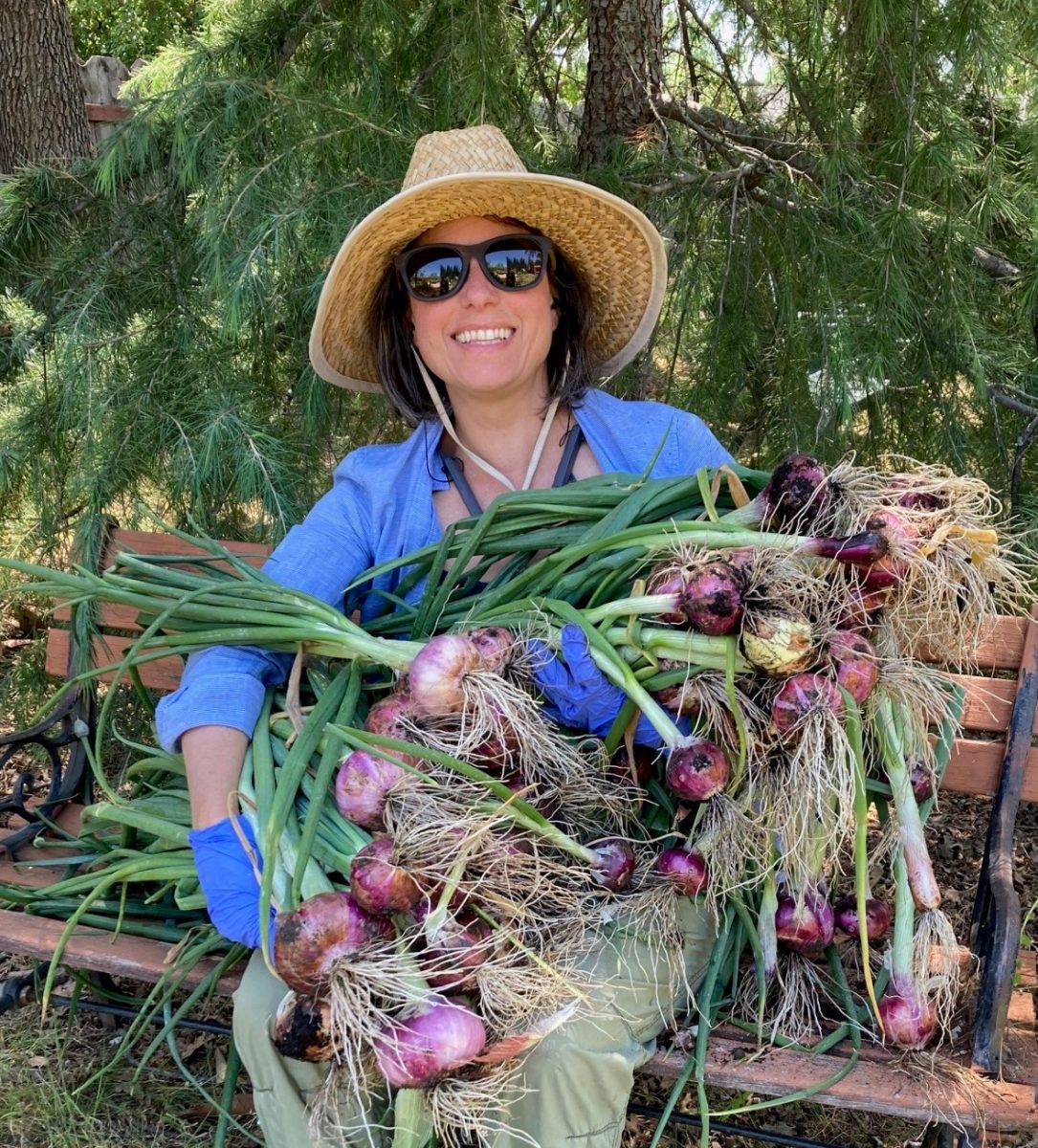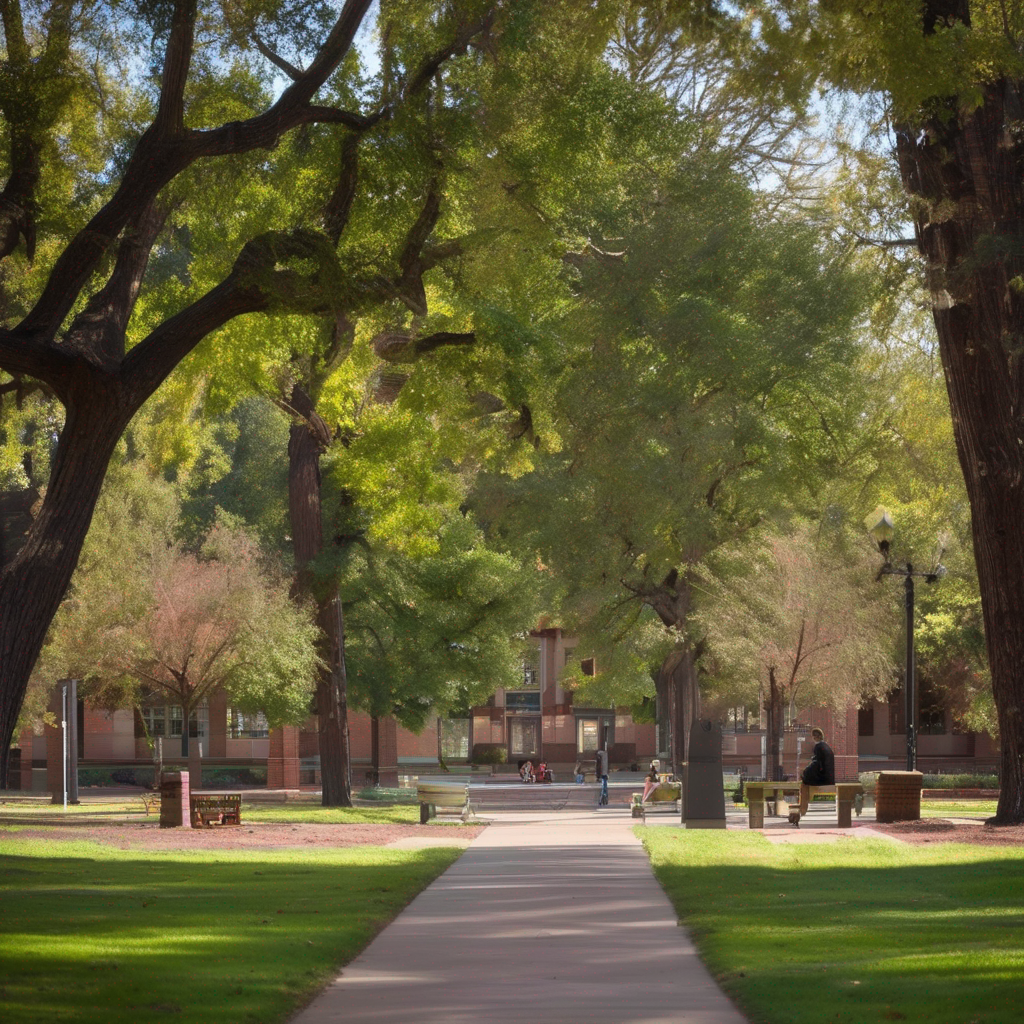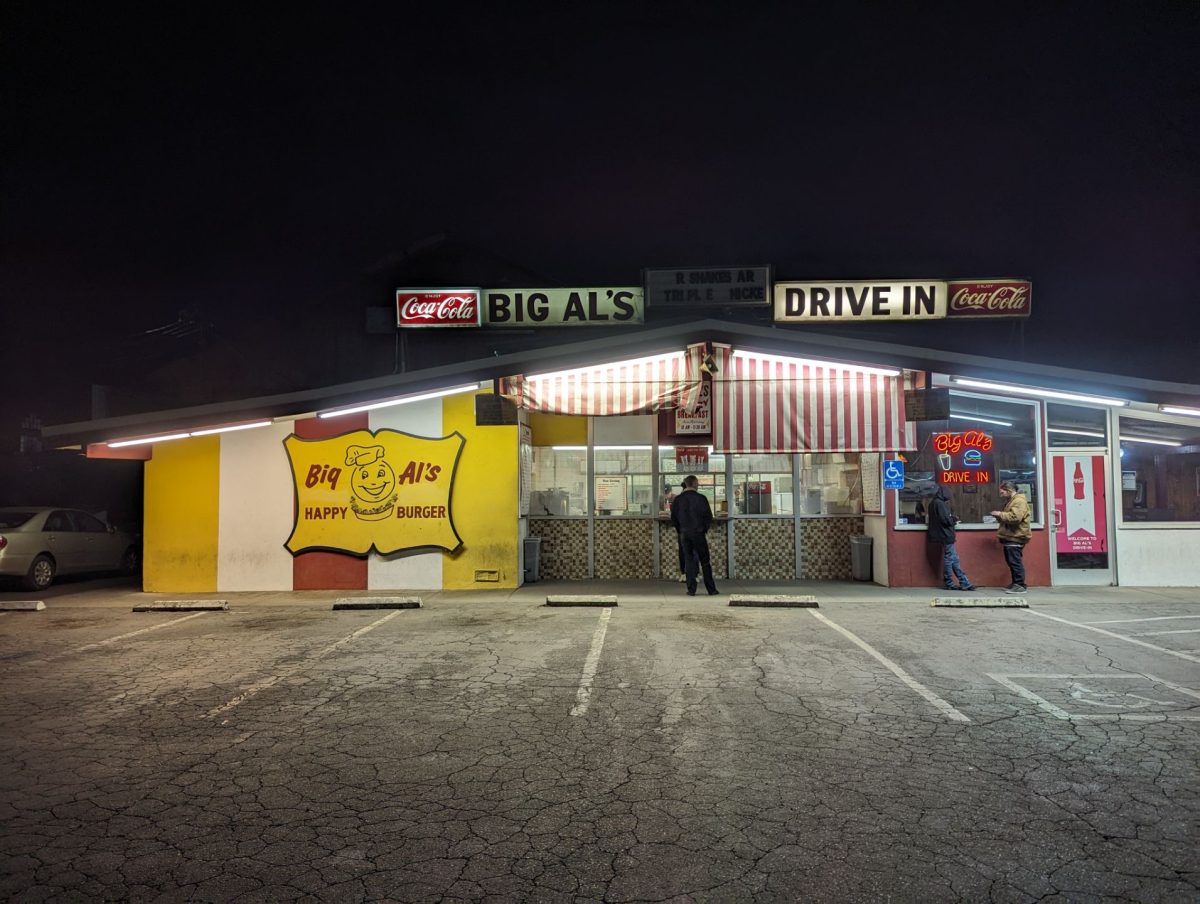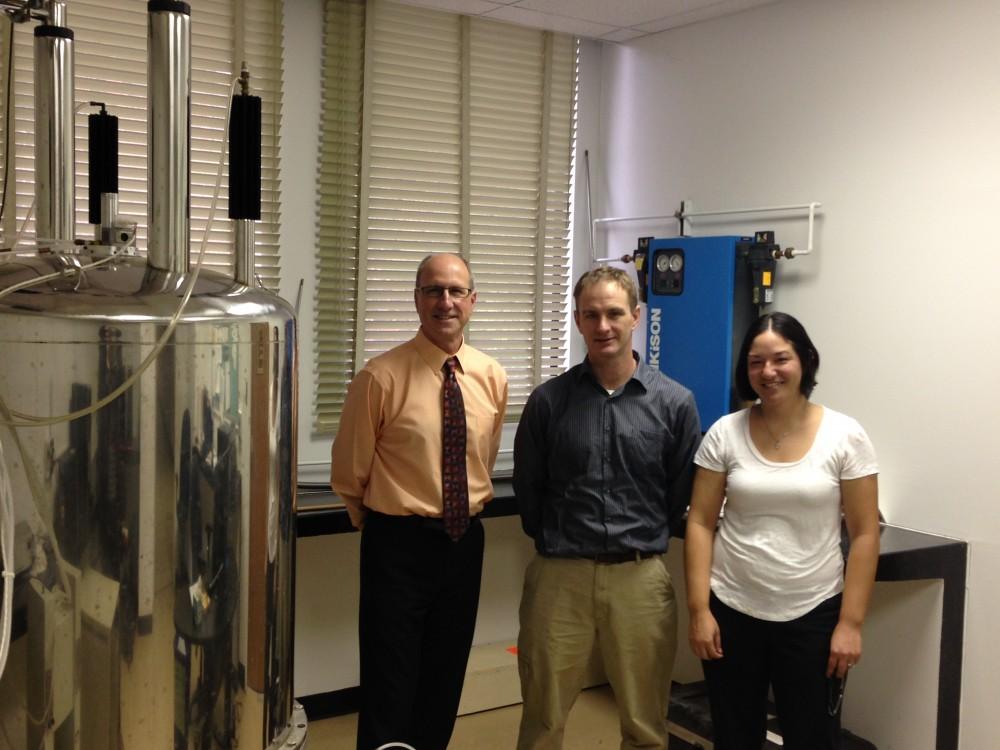
Christmas came early this year for the chemistry and biochemistry department, with news that it was granted enough money to add a new nuclear magnetic resonance spectroscopy to its lab.
The nearly $370,000 machine is shaped like a toy spaceship but almost large enough to fill a doorway. The nuclear magnetic resonance spectroscopy is the premiere mode for determining the structure of organic compounds and the most utilized in laboratories worldwide.
It is an essential instrument for work with biodiesel and potentially pharmaceutically-related molecules, and research couldn’t be done without it, said Randy Miller, the department chair. Being able to purchase a new and updated model is leaving the department members beaming with thoughts of what it will do for the faculty, the students and their research.
“(It) continues to be able to push the frontiers of research with our students and then also prepare (them) for research in the hard instruction of labs,” Miller said. “This is an instrument that students utilize starting their sophomore year. By the time they’re seniors, they’re doing very sophisticated things not only in their classes but in the research process.”
The department currently has an older and less powerful model that was purchased in 1999, but like any piece of equipment, it has started to wear.
“Fifteen years is a typical lifespan for an instrument,” Miller said. “They start to breakdown. The current instrument we have is past its end of service life. Manufacture will no longer guarantee parts and service for old instruments.”
Compared to the old model that could only run one sample at a time and had to be removed and replaced manually, the new nuclear magnetic resonance spectroscopy will be more efficient, with an auto-sampling feature that will enable multiple samples to be ran consecutively until the process is finished.
“The new instrument is more sensitive and has a stronger magnet, which allows better resolution and quicker results,” said Dan Edwards, a biochemistry professor. “The things that took a couple hours now would be cut in half but produce the same quality of data.”
Ultimately, this will allow students to study more samples at once, leading them to gain more experience with different things. The new software will also provide students with more time and opportunities to work closely with samples.
“What’s nice about the newer systems is the flexibility of the software,” Edwards said. “When students collect data, they get this spectrum. They have to sit down and work with that data quite a bit. With the new system that we’re getting, we can install it on lots of computers, including their personal ones.”
There are only two nuclear magnetic resonance spectroscopy manufacturers in the world, and Edwards and Carolynn Arpin, an organic chemistry professor, have recently taken a couple trips to the San Francisco and Fremont sales sites to shop around. They hope to purchase one in the coming weeks and have it up and running by the end of May 2015, just in time for summer research.
“We’ll be placing the order in the next couple weeks,” Edwards said. “The thing isn’t that you order it and it arrives the next day. They have to build the magnetics, and usually it takes four to five months before they can come and install the instrument.”
While the entire department is very excited for the addition, the first person who gets to play with the shiny new toy is up in the air for the time being.
“We’ll probably have to hold a lottery for that,” said Miller.
Amanda Rhine can be reached at [email protected] or @am_rhine on Twitter.
